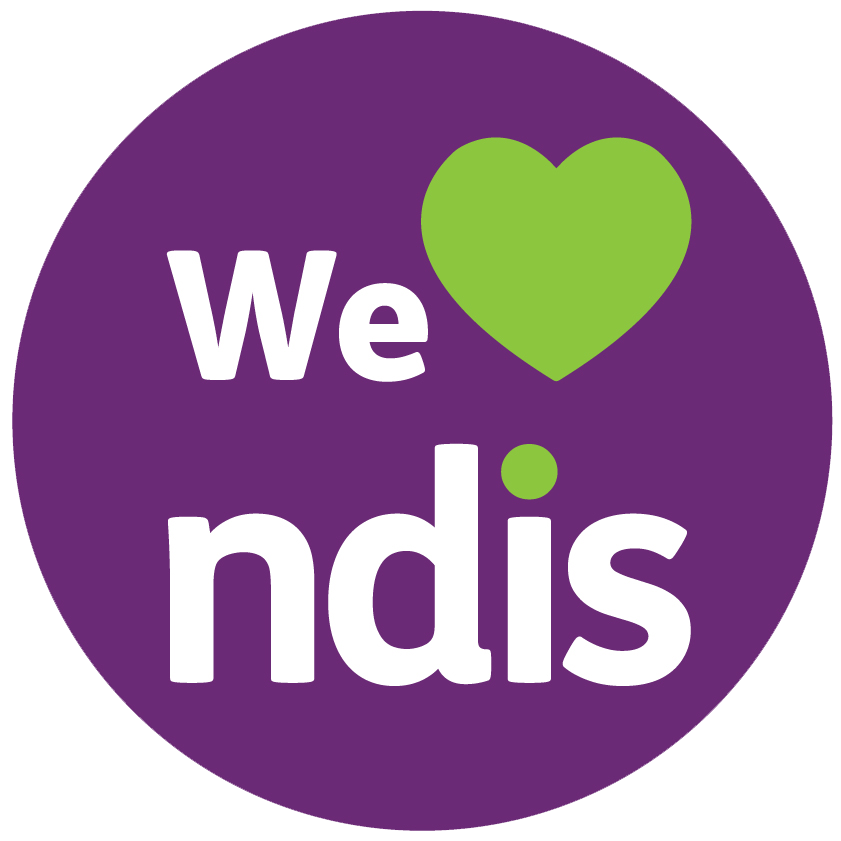Falls Prevention: Part ll
Read part one of our Falls Prevention blog series here.
Falls in Aged Care
Unfortunately, due to the needs and health status of residents in aged care, falls are a common occurrence. Whilst most falls are preventable, it is inevitable that falls will occur from time to time. Falls can be categorised as “witnessed”, where the resident falling was witnessed by a staff member or “unwitnessed” usually when the resident is found suddenly at a lower level or on the ground. Some falls can be classified as “assisted” where the resident was noted to lose balance and an aged care staff member or clinician has intervened to help them to gently come down to a lower level.
What to Do During a Witnessed/Unwitnessed Fall
- Do not lift or move the head or neck, especially in the occurrence of a head strike
- Do not attempt to lift or get the resident back to standing
- Provide reassurance to the resident and if appropriate ask about any sites of pain
- Signal or request for another individual to retrieve help and assistance - try to not leave the resident alone if possible
- If a resident has suffered a skin tear, this will need to be attended to immediately, especially if the resident is on medication such as Warfarin
- If you have witnessed a fall from afar, handover all relevant details and information to the nurse in charge and check whether you are required to document this in the resident's file
- Staff may require for your input and assistance to complete an Incident Report and as much information as possible should be provided to support this process
- Incident reports are valuable for review and can prompt for further investigation when completing post-falls assessments as they aim to provide a comprehensive and holistic consideration as to what may have caused/contributed to the fall (i.e. resident was not wearing glasses at the time of fall)
Fall Prevention Strategies
Aged care facilities across Australia are instructed by best practice guidelines to reduce and prevent rates of falls. Engagement of residents and their family members as much as possible during the provision of intervention will strengthen the successful uptake of fall prevention strategies.
The four main domains of best practice include:
- Implementation of standard falls prevention strategies
- Identifying risks for falls
- Implementing interventions to reduce the risks associated with falls
- Preventing serious injury from occurring to those that do fall
Residents experiencing significantly high rates of falls and are prone to acquiring significant and traumatic injury as a result, may benefit from referral to a Falls Specialist for review and recommendations.
Falls prevention strategies and areas for follow-up in aged care:
Vision:
If a resident experiences a fall, it would be beneficial to follow up if they are due for an eye test. In addition, clinicians should check whether the resident's glasses are well fitted, clean, and worn when mobilising around the facility.
Footwear:
- Residents should always be encouraged to wear comfortable and well-fitted shoes
- Residents may require an appointment with a podiatrist if any concerns arise over the condition of their feet, foot pain or footwear
Exercise:
- Fitness: Regular daily exercise that concentrates on strength, balance, and improvement of gait
- Strength: As residents age, muscle volume and tone are lost, therefore strengthening exercises focusing on the legs, will help residents to maintain their strength and lower their risk of falls
- Balance: Improving balance may support a resident to be more likely to react in a stable and safe way if they were to lose their balance
Vitamin D/Diet:
A healthy diet has significant benefits for a resident’s overall health and wellbeing. Vitamin D is required for the absorption of calcium which in turn helps to strengthen bones. Therefore, it would be valuable to follow up whether the resident would benefit from Vitamin D supplementation.
Lighting:
Should be adequate in any accessible area to the resident. Lighting shouldn't be too dim or bright and light switches should be easy for residents to reach in their bedroom.
Steps:
Steps should not be slippery and should always have handrails installed.
Carpet/Flooring:
There should be limited to nil rugs present on walking areas and any areas where the carpet is not level, fraying, ot sticking out should be addressed and noted for maintenance.
Access:
Frequently used items should be kept within arm’s reach at a low level, thus not requiring the resident to reach up or bend to access needed items.
Clutter:
Clutter should be removed from high traffic areas or areas regularly accessed by the resident.
Fear of Falls:
Support and reassurance should be provided to residents that are at risk or have developed a fear of falls.
Medication:
Residents may require a review by GP and or pharmacist of their psychotropic medication and whether doses need to be altered to improve residents' safety (i.e. if a resident appears over sedated and therefore unable to mobilise safely on their own).
Grab Rail:
Grab rails should be available in all bathrooms, near all toilets, and in showering facilities.
Over-seat Toilet Frame:
Over-seat toilet frames should be assessed for meeting the appropriate height of residents to ease with transfers on and off the toilet.
Hip Protectors:
Residents who are mobile and agreeable could benefit from wearing hip protectors. Hip protectors are most valuable with high compliance and acceptance from the resident.
Tips for working with elderly residents when addressing falls preventions:
- Involve family members where feasible and appropriate
- Anticipate potential challenges and barriers that may prevent residents from engaging with your falls prevention methods and develop strategies to assist them to overcome these barriers
- Discuss falls prevention with the resident and determine what is a priority for them and what changes they are keen to make
- Provide information in a simple, clear, and useful manner that is easy for residents to comprehend and execute
- Highlight the importance of preventing falls as maintaining their independence for longer
Read part one of this blog series to discover factors that can increase the likelihood of falls and the impact falls can have.
Vivir Healthcare Physiotherapists offer training to aged care facilities staff instructing on best practice to create a safe environment for residents that decreases the opportunities for falls to occur.
Get in touch with our friendly support team to find out more about our training services or enquire about our clinician service offering.








